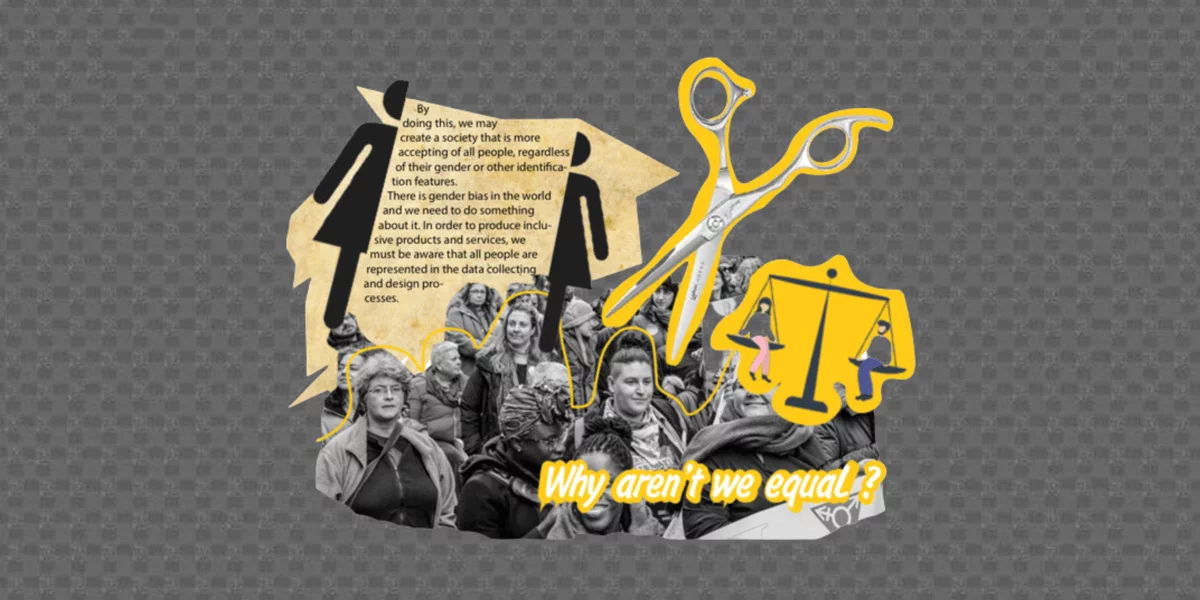
During the COVID pandemic, a growing concern arose that the standard personal protective equipment (PPE) was large for many female healthcare workers. These women, who made up the majority of front-line workers, reported that the PPE did not fit them, causing many problems and putting them at a higher risk of catching the virus. This is only one of the many cases where items and even medication used by all are created with only one segment of society in mind.
The saying that the world in which we live was mostly created by and for men is, unfortunately, quite accurate and is reflected in various spheres of our lives. How do we know that? Well, androcentric data and design have influenced every aspect of our existence, from medical procedures to vehicle safety regulations. This, regrettably, has led to a serious bias that often hurts women and other marginalized groups.
Consider the safety precautions for vehicles. Women are 17% more likely to die in an automobile accident and 47% more likely to have major injuries due to the design of seat belts, airbags, and other features.
Technical advancements like speech recognition systems are less accurate for women because they are largely developed for male voices. For example, research shows that Google speech recognition is 13% more accurate for male voices than female ones. Even automobile makers acknowledge that their speech recognition does not work well for women, suggest that women speak louder and get closer to the microphone – something that men do not have to do.
The same pattern is present if we take a look at medicine. Historically, women have been excluded from clinical trials with the justification that the untested trial might harm women’s reproductive abilities. With this reasoning, women have been excluded from research and the differences between male and female bodies have been overlooked beyond the reproductive aspect. As a result, medication and treatment tested only on the male body have been used to treat everyone, ignoring the possibility of different side effects and responses that it can have on women.
This is not to claim that this bias is intentional; however, regardless of the intentions, the consequences are quite problematic. The companies and the individuals who create and gather data frequently do not include the entirety of humanity but instead, take the male as the standard both for item design and what is more dangerous for medications.
To combat this, it is essential to broaden diversity in these disciplines and gather the information that includes all individuals to address this issue. Only then can we create a more accepting society of all people, regardless of their gender or other identifying features.
There is gender bias in the world, and we need to do something about it. In order to produce inclusive products and services, we must be aware that all people are represented in the data collecting and design processes.
Failing to do so will simply maintain the existing situation in which women and other marginalized groups face disadvantages since the world was not designed with them in mind.













